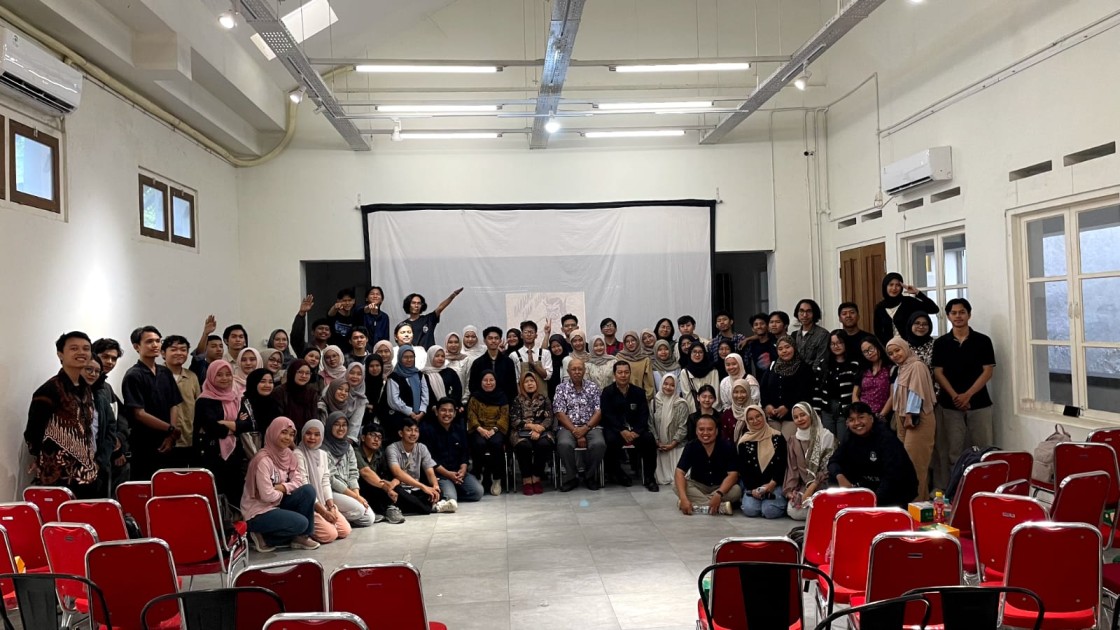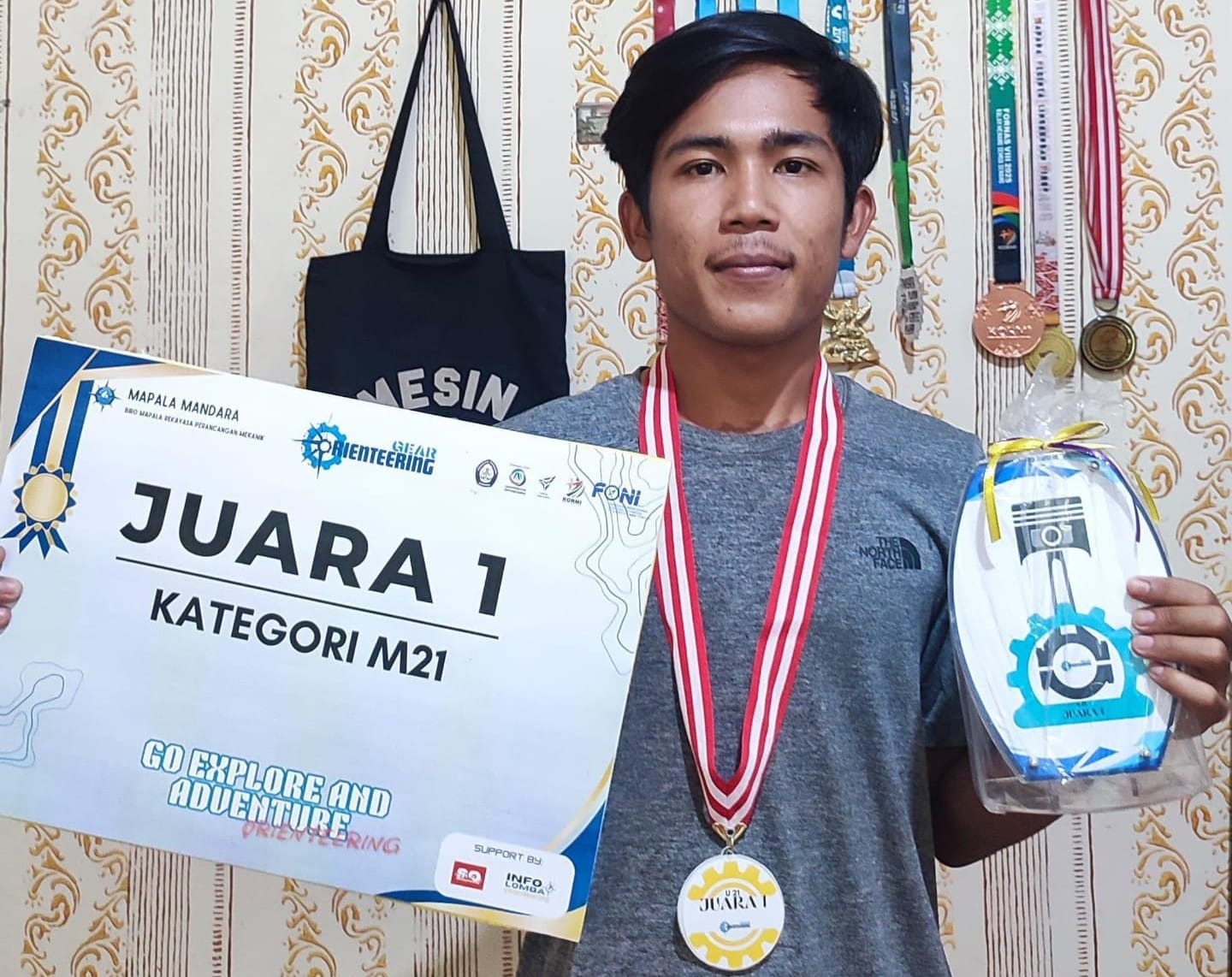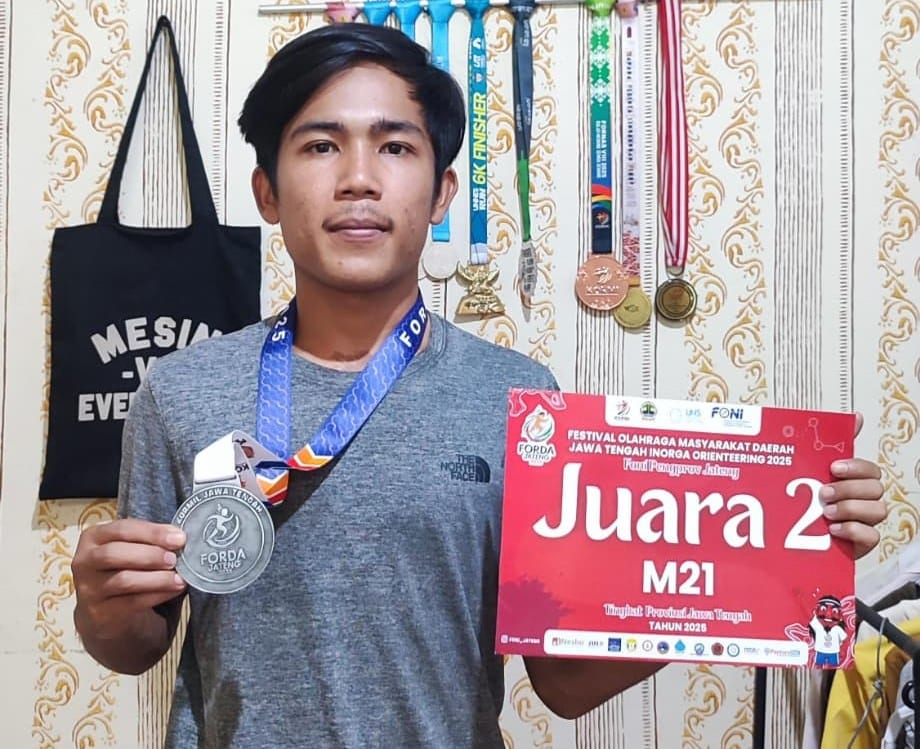The city of Semarang is one of the cities that has a variety of local wisdom with the values of cultural preservation and its natural environment. One example of local wisdom is the Rewanda Sesaji. Rewanda offerings consist of two words: “offerings,” which means “gift,” and “rewanda,” which means “monkey.”. Rewanda offerings are a tradition of giving gifts to the monkeys that live in the Kreo Cave area. This tradition is carried out once a year on the 3rd of Shawwal by residents of Talun Kacang, Kandri Village, Gunung Pati District, and Semarang City. The reason we chose the Rewanda Sesaji tradition is because it has a connection with geography, which is reflected in the purpose of implementing this local wisdom, namely to maintain the balance of nature and animals in the Kreo Cave area while at the same time introducing it to the wider community.

Figure 1. The procession of Rewanda offerings
Source: https://tirto.id/Manifestation-syukur-melalui-ritual-sesaji-rewanda-bsU1
We conducted a search regarding the Rewanda Offering ritual procession for two days, namely on May 13 and 20, 2023. On the first day, we made initial observations to trace the places where the Rewanda Offering Ritual was held. To get to the center of the Rewanda Sesaji ritual, you have to travel almost 2.5 kilometers to the top of the hill by passing the stairs and the Kreo Red Bridge. The Red Bridge is an access road to Kreo Cave and Landak Cave, as well as a procession route to the center of the Rewanda Offering Ritual. We also found four monkey statues on the Kreo Red Bridge depicting four monkeys that are said to have helped Sunan Kalijaga find teak trees to build the Demak Mosque. Then, we continued our journey until we arrived at the center of the Rewanda offering ritual. There we found Watu Tenger, which is a river stone from Kedung Curug that was drowned by the water of the Jatibarang reservoir. Watu Tenger is the center where the Rewanda Sesaji ritual is performed.

Figure 2. Tengger Stone
Then on the second day, we conducted an interview session with residents of the Kandri sub-district to find out how the Rewanda Sesaji ritual procession was carried out from start to finish. According to the Head of RT 05/RW 03, this tradition is carried out in a procession from the mosque to the top of the Watu Tenger hill, carrying four kinds of gunungan, namely fruits, vegetables, secondary crops, and boiled rice. After arriving at the top of the hill, there will be a joint prayer and salvation, which will then be followed by handing over the gunungan to the monkeys. As for the ketek rice, it was distributed among residents and visitors to eat together. In the Rewanda Sesaji procession, there is a message delivery session to the public to continue to preserve the Rewanda Sesaji culture and protect the Kreo Goa ecosystem, such as not destroying the environment and hunting monkeys in Kreo Goa. Indirectly, this tradition affects the ecosystem in Kreo Cave, as evidenced by the monkey population, which has not decreased but has continued to increase.
The Rewanda Sesaji tradition is one of the local wisdoms of Semarang City that must continue to be preserved. This is not without reason; the Rewanda Sesaji contains noble values that are taught to the public so that they continue to protect the environment. The city government of Semarang and the local community have more roles to play in maintaining this culture so as not to be displaced by the times. Apart from that, we as students can also contribute to preserving the Rewanda Sesaji culture by studying and providing education about the essence of this culture.
Reference
Ekowati, Yunik. 2019. Mitos Dalam Pertunjukan Tari Wanara Parisuka Dalam Ritual Sesaji di Goa Kreo Semarang. Jurnal Imaji. Vol. 17. No. 1. Hal: 1-12
Njatrijani,Rinitami. 2018. Kearifan Lokal dalam Perspektif Budaya Kota Semarang. Jurnal Gema Keadilan. Vol.5. Hal: 16-31.
Written by: Cintia Putri Rahmadini, Nur Kholifah, Qais Ray Muhammad, Keisha Maheswari Candraningtyas



